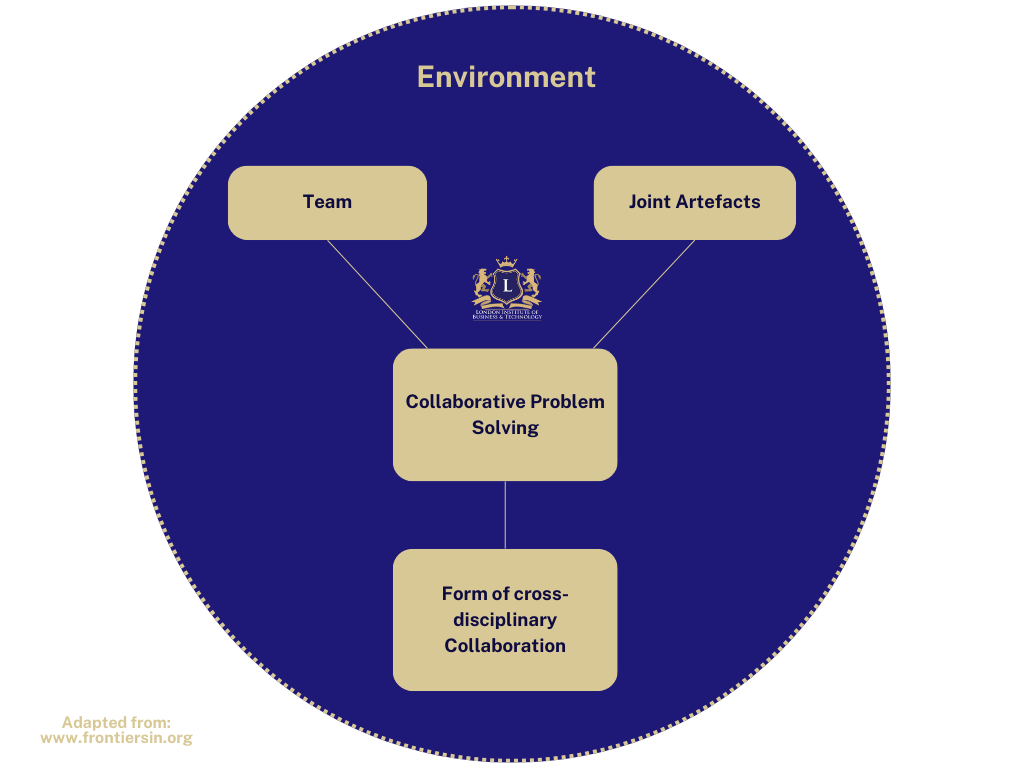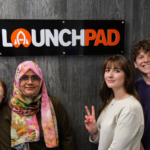Collaboration in educational innovation refers to the collective effort of educators, institutions, and stakeholders working together to create and implement novel and effective solutions that enhance the quality and relevance of education. It involves the sharing of ideas, resources, and expertise to address challenges, integrate new technologies, and foster cross-disciplinary approaches. Through collaborative initiatives, diverse perspectives converge to accelerate the development and implementation of innovative educational practices. This collaborative process not only enriches the learning experience for students but also cultivates a culture of continuous improvement, ensuring that education remains responsive to the evolving needs of learners in a rapidly changing world.
Collaboration in educational innovation can offer numerous benefits that contribute to the overall improvement of the education system. Here are eight key advantages:
- Diverse Perspectives
Collaboration brings together individuals with diverse backgrounds, skills, and perspectives. This diversity fosters creativity and innovation by considering a wide range of ideas and approaches. A systematic literature review of 61 documents from the last five years explored interdisciplinary collaboration for creativity as a strategic approach to innovation. The findings identified emerging problems and essential elements, revealing a growing trend in research on creativity within interdisciplinary groups.
- Cross-disciplinary Learning
Based on research, effective cross-disciplinary collaboration for solving complex environmental problems relies on scientists working together. Before collaborative research begins, there must be a phase of collective thinking to establish shared conceptual frameworks. This collaborative thinking depends on the ability of collaborators to understand each other’s perspectives.
Collaborative efforts often involve individuals from different disciplines, allowing for the integration of knowledge from various fields. This cross-disciplinary approach can lead to the development of more comprehensive and holistic educational solutions.

- Enhanced Problem-Solving
Team collaboration promotes collective problem-solving. The exchange of ideas, perspectives, and skills within the group creates a dynamic problem-solving process, often leading to more robust and innovative outcomes compared to individual efforts. This falls under the concept of collaborative creativity. Based on research, collaborative creativity is crucial for fostering innovation, particularly when aiming for radical changes that go beyond incremental improvements in products, processes, services, or societal structures.
- Resource Sharing
When collaborating institutions or individuals join forces, they have the opportunity to combine their resources, both in terms of finances and intellectual capabilities. Financial resources can be pooled, allowing for cost-sharing and potentially reducing the financial burden on each participant. This collaboration also enables the sharing of intellectual resources, such as knowledge, expertise, and educational materials. This results in a collective pool of intellectual assets, collaborators can access a broader range of educational materials, curricula, and teaching methodologies. This not only enhances the quality of educational offerings but also contributes to cost savings through shared development and implementation efforts.
- Accelerated Development
Collaboration enables faster development and implementation of educational innovations. Multiple contributors working in tandem can expedite the design, testing, and refinement processes, leading to quicker adoption of new and effective educational practices.

- Technology Integration
Collaborative efforts facilitate the integration of technology into education. This integration is crucial for keeping pace with the digital age and preparing students with the skills they need for the future job market.
- Continuous Improvement
Collaborative initiatives encourage a culture of continuous improvement. By working together, educators and institutions can gather feedback, assess the effectiveness of innovations, and make necessary adjustments to enhance the overall quality of education.
- Global Perspectives
When educational institutions collaborate on innovations, they may form partnerships across international borders. This global collaboration offers students exposure to diverse perspectives, enriching their learning experience. It goes beyond cultural boundaries, fostering a deeper understanding of different societies. This exposure to global perspectives prepares students for a world that is increasingly interconnected, both culturally and economically. By engaging in international collaborations, students not only gain a broader worldview but also develop skills and perspectives that are crucial in navigating the complexities of our globally interconnected society.
In conclusion we can say that collaboration is a powerful driver of educational innovation, promoting creativity, efficiency, and the development of well-rounded solutions that address the complex challenges facing education today. In LIBT, we can affirm that collaboration, exemplified by the partnership between our and CMI (Chartered Manager).







Leave a Reply
You must be logged in to post a comment.